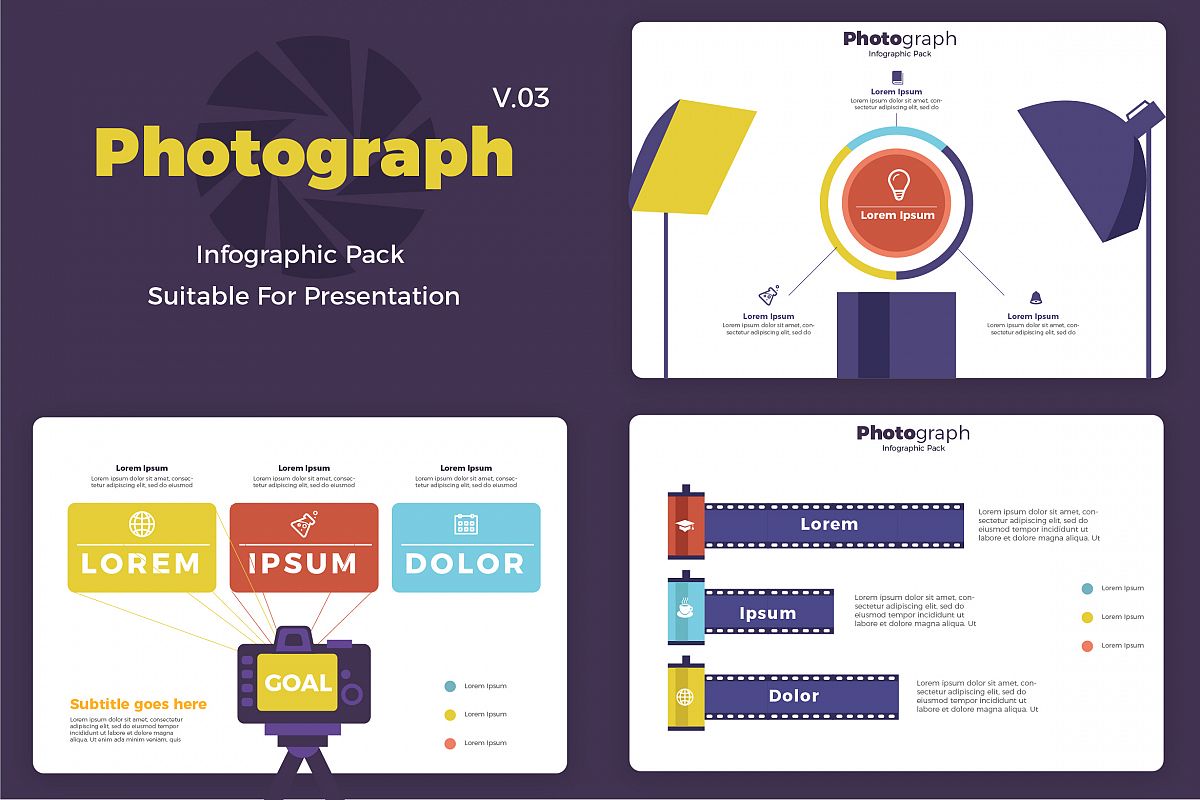What Every Photographer Should Understand About Lights
What Every Photographer Should Understand About Lights
Blog Article
Posted By-Futtrup Polat
As a photographer, you know that lighting can make or damage your photos. Recognizing the nuances of both natural and fabricated light is important for catching the state of mind and clarity you aim for in your work. Whether you're chasing the ideal gold hour glow or fine-tuning your artificial configurations, understanding these elements can raise your photography substantially. But there are common challenges that numerous neglect, and acknowledging them can transform your method to every shoot. Let's explore what you might be missing and exactly how it can influence your results.
Comprehending Natural Light
Understanding all-natural light is vital for any type of professional photographer wanting to enhance their work. It's the structure of excellent photography, affecting mood, tone, and clarity. When you fire outdoors, take notice of the moment of day. https://telegra.ph/How-To-Locate-Your-Special-Style-As-A-Photographer-01-08 -- shortly after daybreak and prior to sunset-- uses soft, warm light that can transform average scenes into stunning images.
Do not undervalue the power of overcast days. Cloud cover diffuses sunlight, developing a soft, also light that's best for pictures and macro digital photography. You'll locate colors appear this type of lights without extreme darkness.
browse this site , as well. Constantly consider your topic's alignment to the source of light. If the sunlight's behind your subject, you may end up with a shape, which can be dramatic yet mightn't be what you want. Alternatively, direct sunshine can produce unflattering shadows.
Experiment with angles; in some cases, transforming your viewpoint can produce incredible results. Use natural reflectors, like water or sand, to jump light onto your subject, including dimension.
Mastering Artificial Light
Grasping fabricated light is essential for photographers that intend to take their abilities to the next level. Whether you're using speedlights, workshop strobes, or constant lights, understanding how to adjust these sources can dramatically improve your photos.
Start by acquainting on your own with the basics of light top quality, instructions, and shade temperature. Trying out various modifiers like softboxes, umbrellas, or grids to manage the softness or violence of the light.
You'll find that soft light often develops flattering results, while harsher light can include dramatization and depth. Do not shy away from Company headshots can enhance the three-dimensionality of your subjects.
Pay close attention to the placement of your lights. A light positioned too close to your subject can produce unflattering results, while too away can bring about a lack of detail. Make use of a light meter or your electronic camera's pie chart to ensure you're exposing properly.
Last but not least, bear in mind that synthetic light can be mixed with ambient light for innovative effects. Stabilizing these sources might take practice, but once you master it, your photography will really shine.
Methods for Various Circumstances
When you step into various capturing scenarios, adapting your lights methods is important for recording the very best images. For outdoor pictures, utilize the golden hour-- early morning or late afternoon light-- to soften shadows and enhance complexion.
If it's an extreme midday sun, consider utilizing a reflector to jump light back onto your topic or seek shaded areas for an extra even direct exposure.
In low-light scenarios, like interior events, boost your ISO and utilize a wide aperture to allow in more light. A tripod can help eliminate cam shake, allowing for longer exposures without blurring.
If you're shooting at evening, trying out off-camera flash to produce dynamic lights and depth in your pictures.
For product photography, make use of diffused illumination to prevent severe representations. Softboxes or light camping tents can aid achieve this result.
When photographing landscapes, think about the instructions of light and time of day, as it can considerably alter the state of mind of your shot.
Constantly be ready to adjust your setups and placing based on the situation, as flexibility is key to grasping illumination in photography.
Conclusion
Finally, understanding lighting is crucial to raising your digital photography abilities. Welcome natural light's charm throughout golden hour, and do not shy away from trying out artificial light strategies. By adapting your technique to various scenarios, you'll capture magnificent images that reverberate with emotion and clarity. Keep in mind, the ideal lights can transform an ordinary shot into something remarkable, so keep exercising and improving your understanding of both natural and synthetic light. simply click the up coming internet page !
